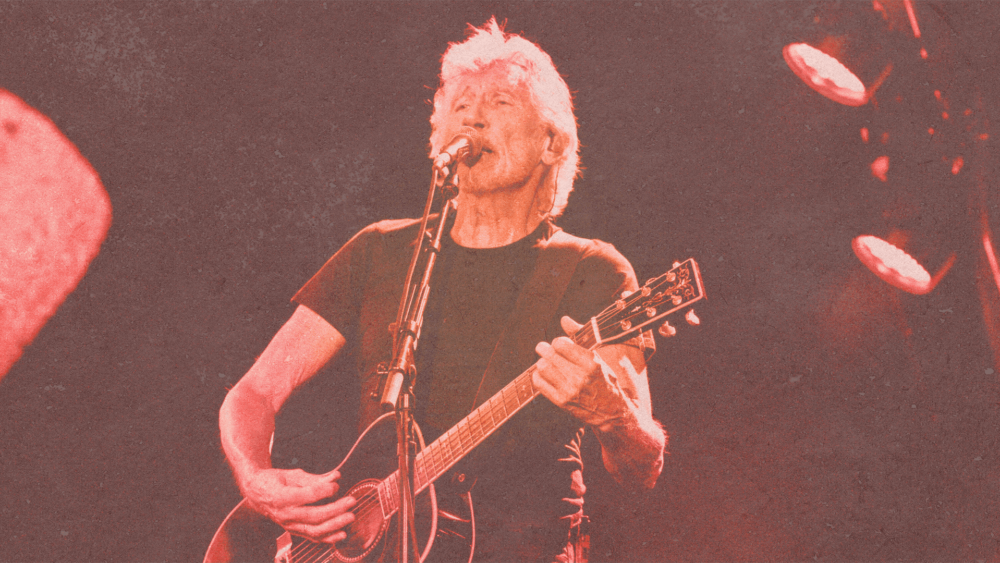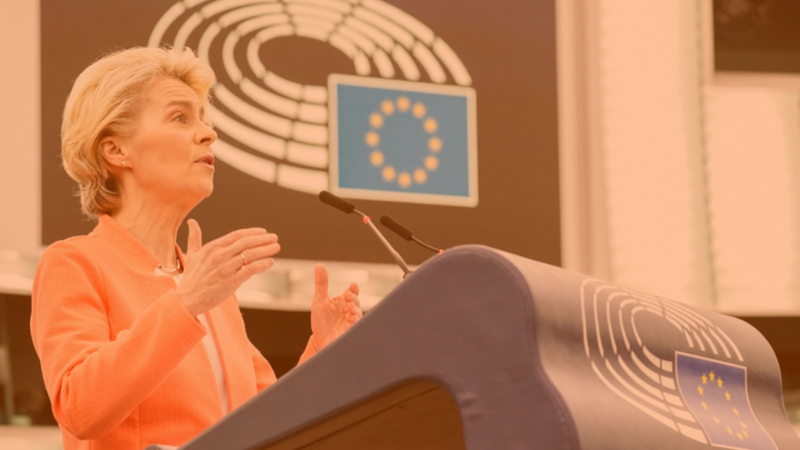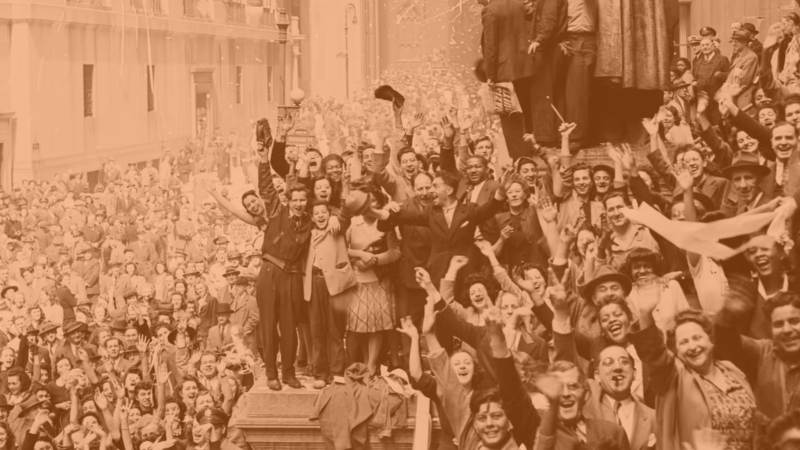During the first week of April, DiEM25 in the Netherlands was present at the Roger Waters concerts at Ziggo Dome in Amsterdam to promote the Free Assange campaign of the Free Assange Wave, Assange Defence, as well as our own. We were stationed at the entrance hall with a table with posters and flyers. Waters had also invited the BDS Movement to come promote the Palestinian cause, and they had their stand at the other side of the hall.
As mentioned in our previous article, for Roger Waters the line between art and activism has never been a stark one, if it has even existed at all. His latest tour – ‘This is not a drill‘ – however, has been perhaps more related to activism than his previous ones, and this has not gone unnoticed.
At the beginning of every concert of this tour, Waters makes it very clear that his political views are an integral part of his art and those not interested in that may as well “f*** off to the bar right now”. It was therefore not surprising that the feeling his concert gave off was that of a very strong political message, while also being very entertaining and enjoyable. In other words, there was a balance between the ‘show’ and the ‘message’, as DiEM25 member Mikko explains in a more detailed and contextualised account through a recent blog post.
One of the most powerful moments of the concert was the performance of ‘Powers that be’. The song lyrics speak of the misuse of power by the oligarchs – a rather timeless narrative. The animation and texts on the screen, however, contextualised the song within the contemporary struggles of, among others, Iranian women like Masha Amini, and African Americans like George Floyd, as well as other victims of state violence.
Reception
It was interesting to observe the reception of Waters’ activist message during the event. The audience was largely made up of Waters’ generation and, in general, not very interested in the political side of his art. Of the 17,000 fans, only a handful came to our ‘Free Assange’ stand. We don’t know whether the activists of the BDS movement on the other side had better success. However, the stories shown on the screens and juxtaposed with the music did solicit some response from the audience.
This is always the challenge of activism through the arts. Artistic experience happens in a moment that may include some deeper socio-political messaging. Art – especially music – is, however, capable of inducing an experience independently of the message. We saw this very clearly, as the concert goers were not particularly more open to our message after hearing it from Roger Waters himself.
American sociologist W. E. B. Du Bois famously said: “All art is propaganda and ever must be, despite the wailing of the purists.”
Art always makes a statement of some kind about the world around it. It may be an engaging statement, calling for action, or just an observation. It is ultimately the receiver – viewer or listener – of the artistic expression that responds to it in a particular way. There’s also the subliminal part of the experience, which may surface much later in a realisation regarding something that was part of the art work. All this is to say that we shouldn’t draw too hasty conclusions from the above described audience responses to the political messaging during Roger Waters’ tour – on and offstage.
The Assange debacle, but especially the Palestinian situation, have endured a long time with no imminent solution in sight. Hopefully the tens of thousands of people Waters’ message reaches during his tour helps change sentiments regarding these, and the many more issues he touches, and helps us towards a better world.
Do you want to be informed of DiEM25's actions? Sign up here















